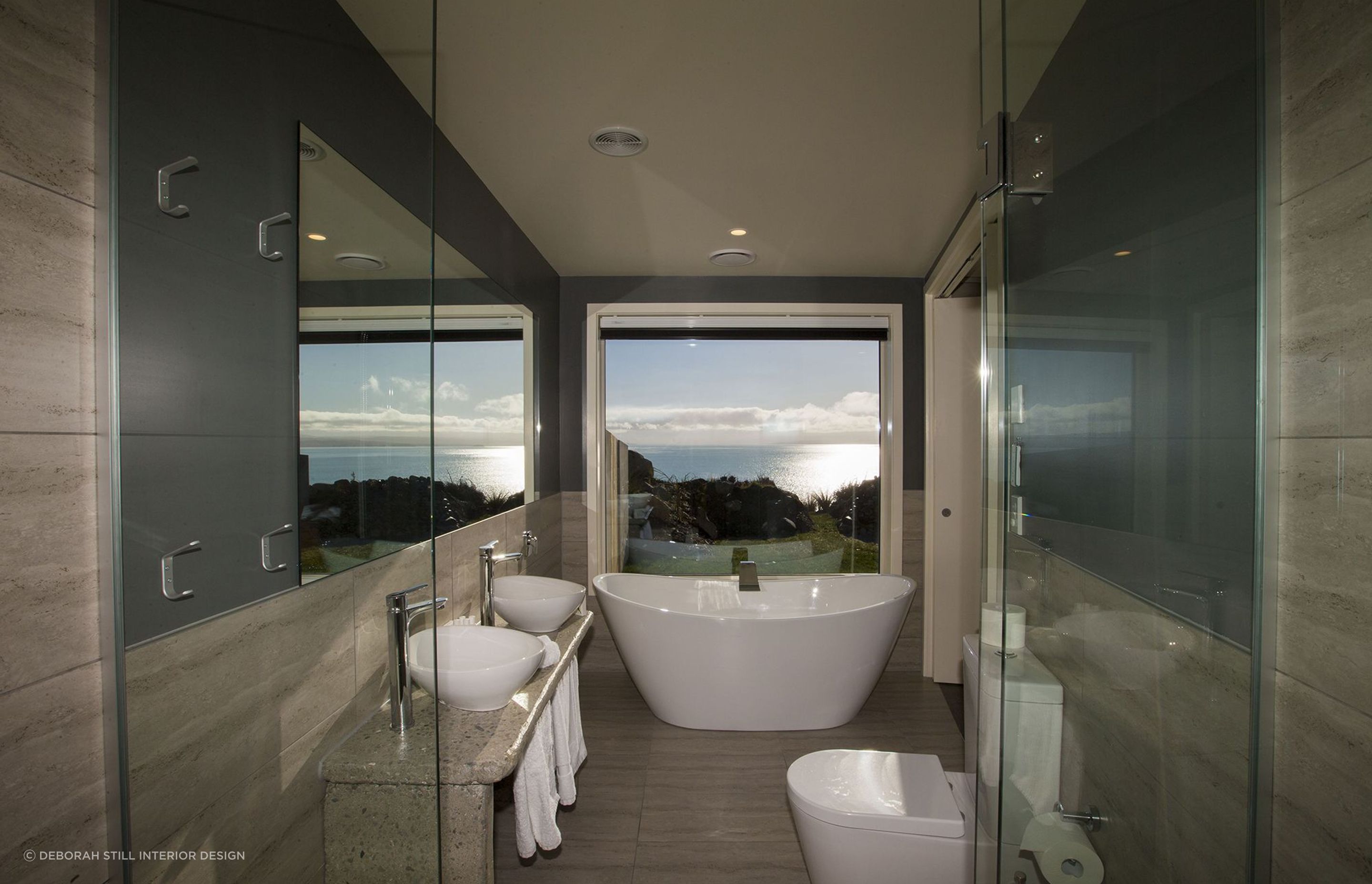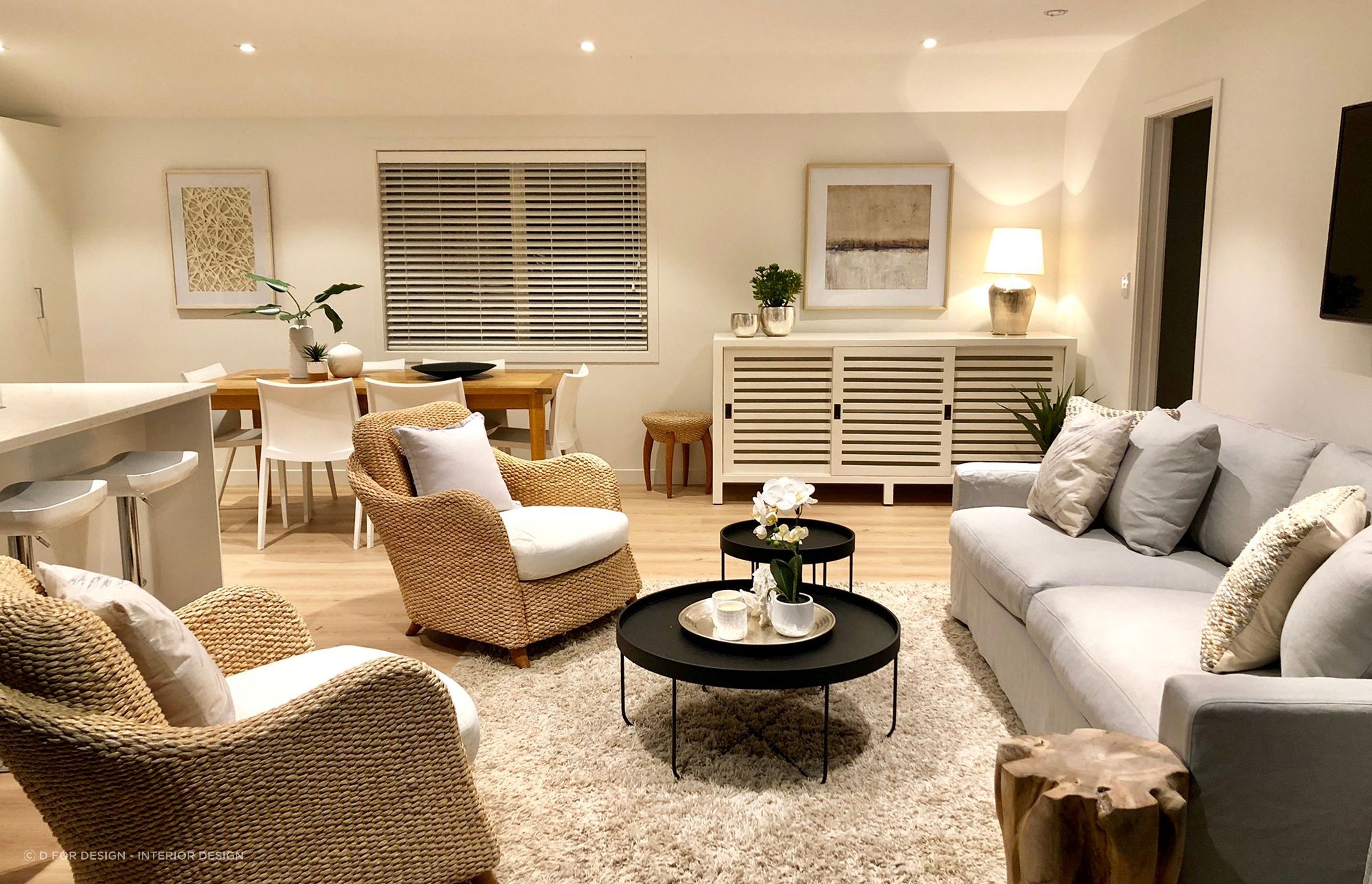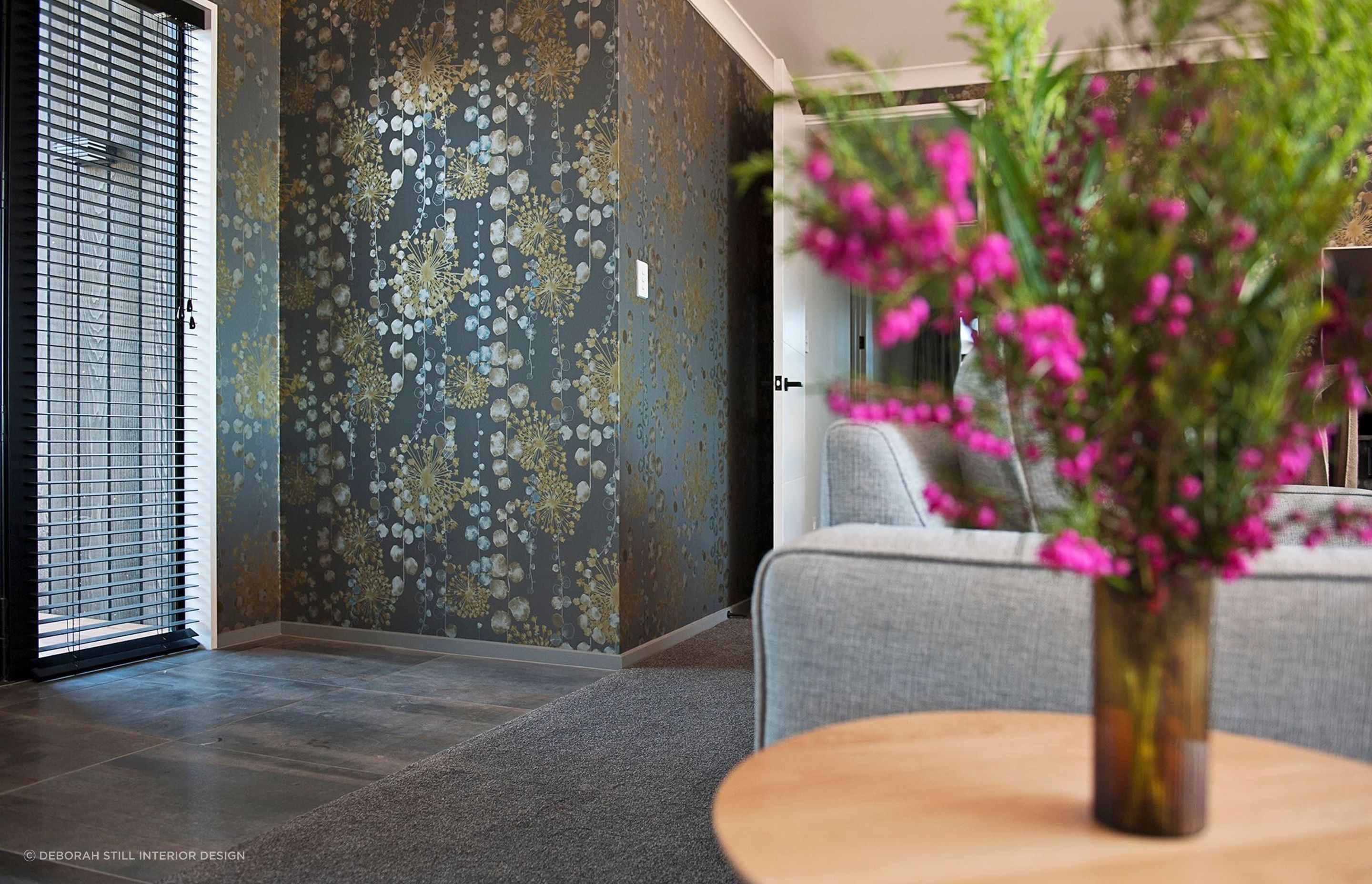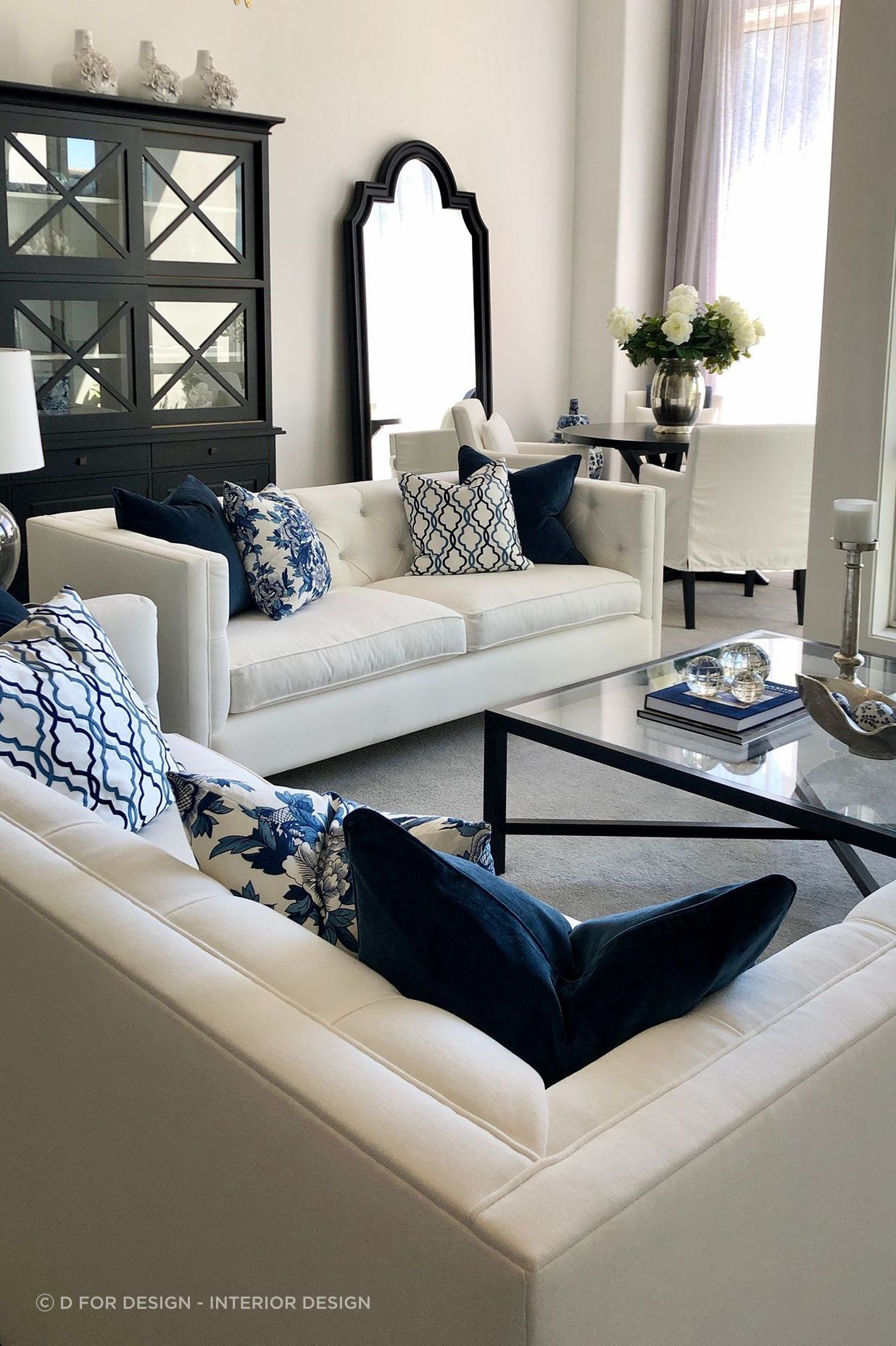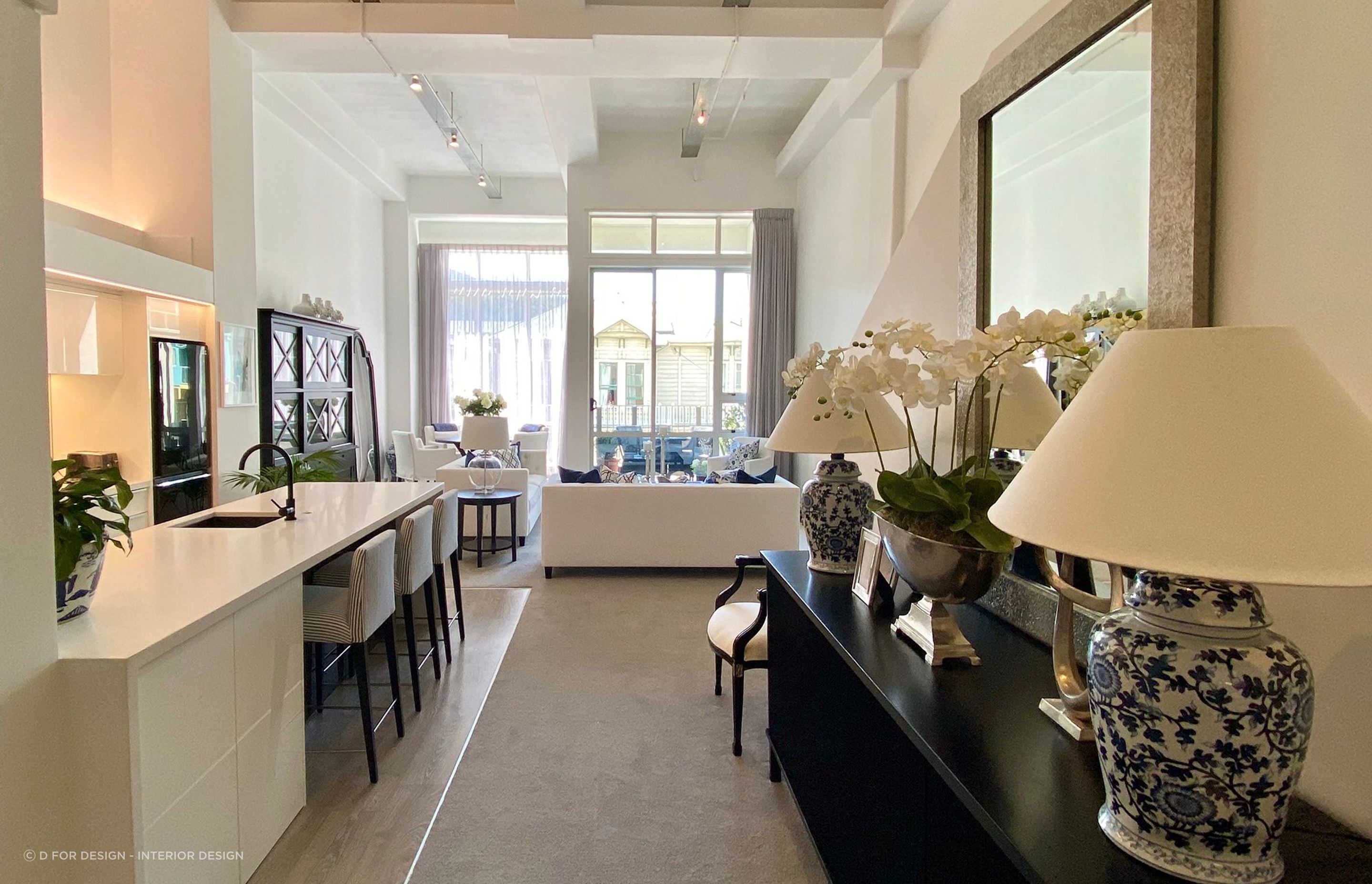Small… but perfectly formed
Written by
30 March 2020
•
8 min read
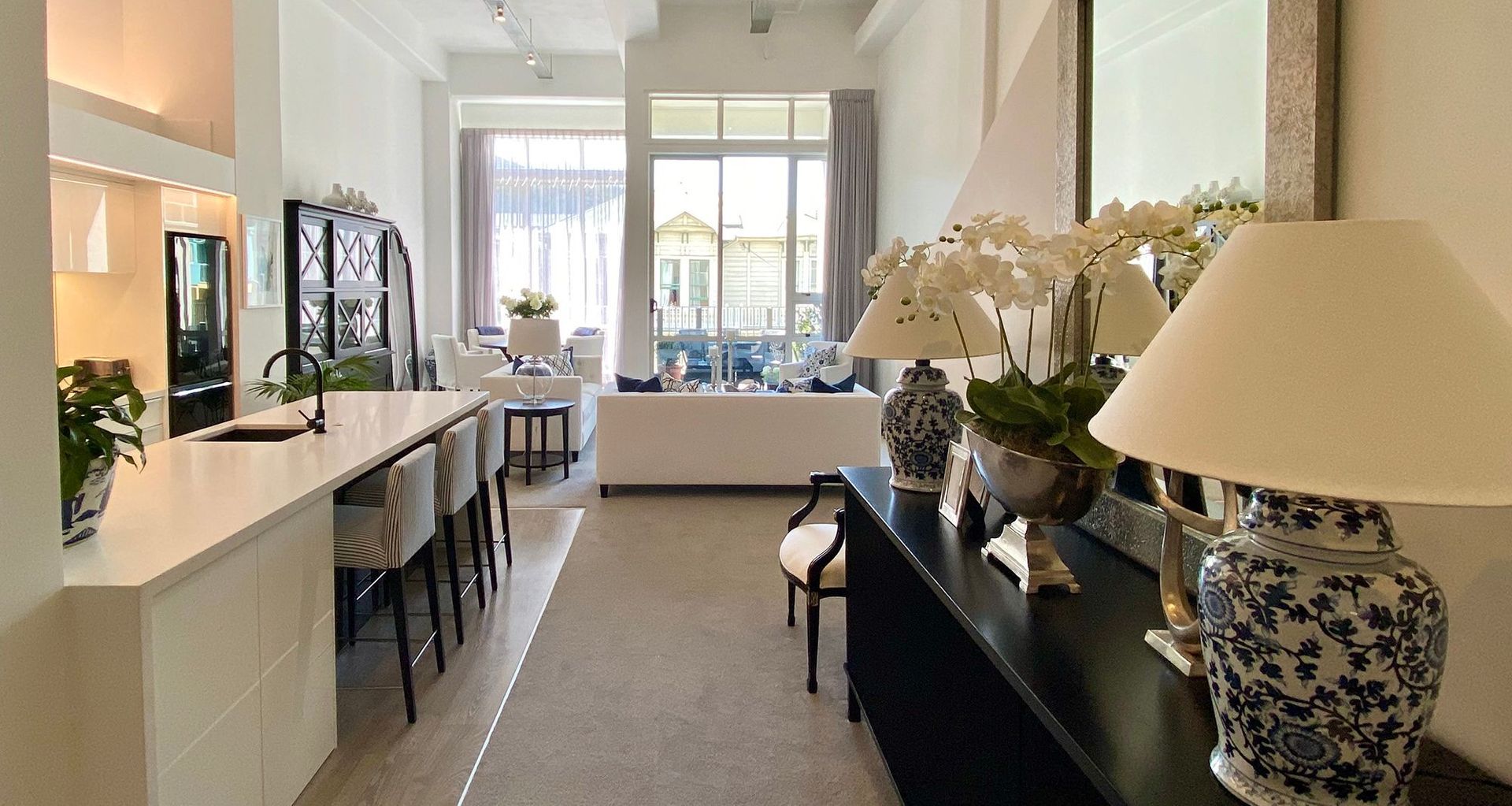
‘On trend’ is an oft-used phrase in the world of design and is associated with everything from fashion to interior design where it is used to describe wall treatments, colours, materials, patterns and fixtures and fittings.
But there is a new trend developing around the world and that is for smaller houses. Whether that’s due to rising land costs, a growing awareness of sustainability and the desire to live within a smaller carbon footprint or a mandated change from standalone houses to medium density, multi-unit dwellings (especially in New Zealand’s larger cities) is open to conjecture. What is irrefutable though, is that here and around the world, new home sizes are smaller than they were a decade ago.
So, if our houses and apartments are, on average, getting smaller, what does this mean for the spaces we inhabit? Are we feeling the squeeze? ArchiPro spoke to three interior designers—Sandra Aiken of D for Design; Nanda Rammers of Twin Rivers Interiors; and, Deborah Still of Deborah Still Interior Design—about maximising small spaces.
ArchiPro: What is the number one mistake people make when styling a small living area?
Sandra Aiken: people often think they need small furniture and small accessories. A small space doesn’t automatically mean you have to buy small furniture, this often makes a small space look smaller and a lot of small accessories makes a space feel cluttered. It is important to choose furniture and accessories that are proportional to the space.
Nanda Rammers: Filling the room with furniture that is out of proportion to the space, whether that’s pieces that are too big or too small. The correct proportion is key. Also, people have too much clutter—please declutter.
Deborah Still: The most important thing to consider when styling a room is scale and size. Disproportionate furniture will make a small room feel even more cramped.
AP: How important is colour?
NR: Colour is everything. It creates atmosphere and style. It is important to note that dark colours will make a small space feel more enclosed, so if it’s a sense of lightness you’re wanting to create, use neutrals and lighter colours as the base and choose colours of a similar tonal range for accessories. Wall and ceiling treatments, soft furnishings and accessories are the finishing touches and make a house a home.
DS: I have always enjoyed using colour in my designs, it’s the quickest way to transform a space and create atmosphere. Layered textures and patterns are a clever way to make a small area more interesting. I really love wallpaper, even if it’s plain with just a texture through it, it adds a depth and intensity that paint doesn’t provide. I like to use strong, rich colours (I know it sounds counter intuitive) but if you use a beautiful dense colour, that you love, for the walls and sometimes the ceilings too, it gives the room personality and a wow factor that light colours don’t.
AP: If rooms are limited, how do you create a multipurpose space in a small living area?
SA: It all comes down to clever storage and multifunctional furniture. It is important to keep a small space organised, tidy and clutter free, so consider purchasing furniture that offers more than a single use. For example, a bookcase can store your books, display your special belongings, house the TV and can provide storage. Similarly, a small ottoman can be used as a footstool, a side table and even as extra seating when required. If it is a living area that also needs to function as an occasional spare bedroom, then a sofa/day bed is a must and there are myriad options available that go beyond the standard pull-out variety. Think creatively; a dining chair can function as a side table!
NR: In a smaller home, storage is incredibly important. A tidy, more organised space will always seem bigger. If the space is an open-plan kitchen/dining/living area then multipurpose storage units are the answer. Have multifunctional furniture designed by your interior designer and custom made by a joiner. Storage with drawers will always hold more and modern full-extension drawer hardware means easy accessibility. Corners are an often underutilised space—use every corner to its optimum to create functionality. Also, window seats can be used to create additional storage.
AP: Are there certain styles that lend themselves to smaller spaces?
DS: I think any style will work in a small area, although you need to be very disciplined when styling a small space, curating the items that are used and paying attention to scale and size. Personally, I like to mix things up to keep people intrigued and interested—soft furnishings, rugs and objets d’art are important when setting the style of your room. Make sure to incorporate items that make you happy when you use them and that feel tactile and comfortable.
SA: When you think of all the different people in all the different cities of the world with their different sensibilities and ways of living, then you have to believe that you can make any style work in a small living space. Amenity is the key, it’s all about finding the right pieces of furniture in the style that best suits you and that fit the scale of the space; pieces that are highly functional and offer great storage.
AP: Would you advise design coherence with other spaces (such as kitchens and bedrooms) when styling a small living area, or is this an opportunity to create something entirely different?
SA: I recommend creating a cohesive style and flow throughout any house or apartment, as it creates a calm environment and a feeling of space and grace. A home, to me, is a place where you connect with the people and things that are most important to you and the best way of doing that is by creating a nurturing, connected environment.
NR: I would highly recommend having a uniform style where all rooms relate to each other and that makes use of colours that continue throughout the house. That way the house has better flow and looks more together. You don’t have to sacrifice individuality to achieve this either, custom designed and made is the way to go to create an entirely different look.
AP: What about built-in furniture as an option in a small living area—yes or no?
DS: Built-in furniture can definitely be a good option for small spaces; but it can also limit furniture placement in the future. I would prefer to use multi-use furniture that can be moved around or easily removed, over built-in furniture.
SA: Bespoke built-ins, storage nooks, under bench storage and furniture tailored to your needs can help utilise every available sliver of space and allows you to maximise valuable square footage. However, I personally like to be able to change the layout and with built-in furniture that is less easy to do.
AP: What is the one piece of design advice you give to all your clients?
NR: Buy quality pieces designed to last, it is a more responsible, sustainable way of living. Don’t go for impulse buys, if your budget is limited, have your designer make you a future plan with advice on colours, furniture and other pieces so that you don’t make expensive mistakes. If you’re planning on building a house and you want to use an architect, include the interior designer right from the start so that he or she is involved in the project and is part of the meetings. Designers have significant product knowledge, pick their brains and use that knowledge to your advantage. Let your designer create a lighting plan for you and also include the light fittings in the plan, make sure to leave money in the budget for the lighting and fittings as good lighting truly makes or breaks a design.
DS: The best advice I can give my clients is to “follow their passion and keep it real”. That may be a hobby, an art collection or colour they love; whatever it is, don’t be put off by other people’s opinions. Personal and eclectic items make a house a home and outlive quickly changing “fashions”.
SA: Create a home in the style and the colours you love, not something that is just a trend. Have fun with displaying home accessories you love and have meaning, collect and display art you find interesting—New Zealand has got brilliant artists. Ignore what other people think or say, it is your home and you can do as you like. Be careful of buying too many small accessories, they can look like clutter very quickly. Rather, buy large objects and group items to create a calm environment. If you find it difficult to do yourself, don’t be afraid to ask an expert for help, afterall, you can’t be good at everything.
Connect with interior designers in your area and find out how best to design your living area.
